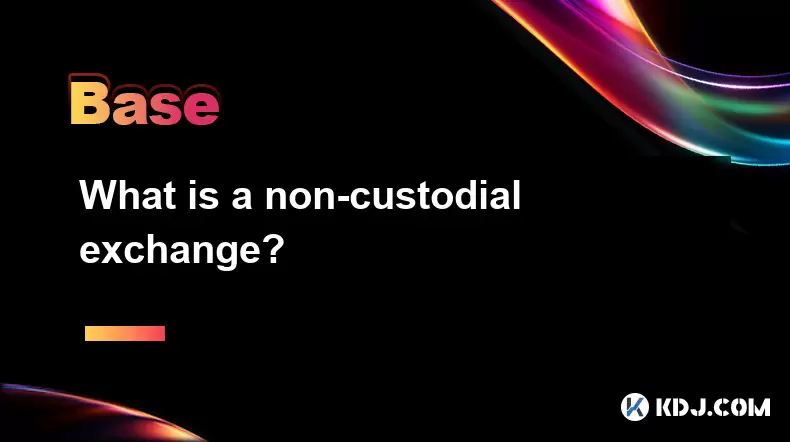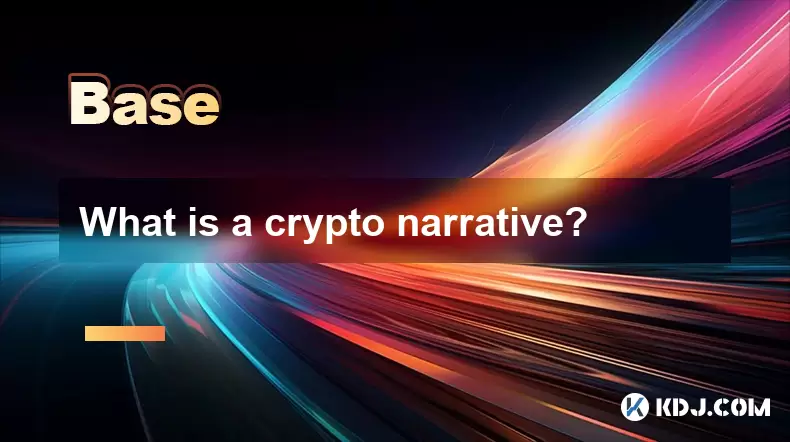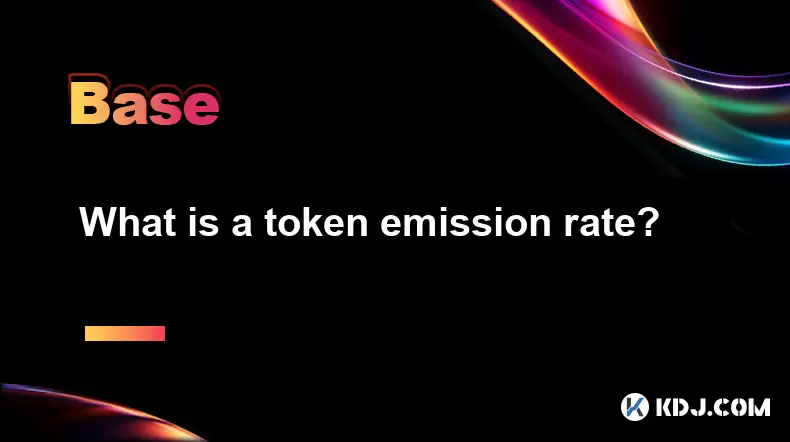-
 Bitcoin
Bitcoin $108,708.8110
0.60% -
 Ethereum
Ethereum $2,561.6057
1.91% -
 Tether USDt
Tether USDt $1.0001
-0.03% -
 XRP
XRP $2.2795
0.57% -
 BNB
BNB $662.2393
1.00% -
 Solana
Solana $153.1346
3.74% -
 USDC
USDC $1.0000
0.00% -
 TRON
TRON $0.2877
0.97% -
 Dogecoin
Dogecoin $0.1710
3.93% -
 Cardano
Cardano $0.5871
1.61% -
 Hyperliquid
Hyperliquid $39.6663
1.68% -
 Sui
Sui $2.9032
0.79% -
 Bitcoin Cash
Bitcoin Cash $496.1879
1.71% -
 Chainlink
Chainlink $13.5807
3.01% -
 UNUS SED LEO
UNUS SED LEO $9.0777
0.61% -
 Stellar
Stellar $0.2514
4.51% -
 Avalanche
Avalanche $18.1761
1.86% -
 Shiba Inu
Shiba Inu $0.0...01173
1.72% -
 Toncoin
Toncoin $2.8010
-4.23% -
 Hedera
Hedera $0.1594
3.21% -
 Litecoin
Litecoin $87.0257
-0.53% -
 Monero
Monero $319.1217
1.79% -
 Polkadot
Polkadot $3.3853
0.68% -
 Dai
Dai $0.9999
-0.01% -
 Ethena USDe
Ethena USDe $1.0003
0.02% -
 Bitget Token
Bitget Token $4.3420
-0.97% -
 Uniswap
Uniswap $7.3772
1.39% -
 Aave
Aave $286.6277
5.61% -
 Pepe
Pepe $0.0...09994
2.33% -
 Pi
Pi $0.4589
1.76%
What is a non-custodial exchange?
Non-custodial exchanges let users trade crypto securely by keeping control of private keys, using smart contracts for direct peer-to-peer transactions without intermediaries.
Jul 07, 2025 at 04:14 pm

Understanding the Concept of a Non-Custodial Exchange
A non-custodial exchange is a type of cryptocurrency trading platform that allows users to trade digital assets without surrendering control of their private keys. Unlike traditional centralized exchanges, where users deposit funds into the platform’s wallet and rely on the exchange to manage transactions, non-custodial platforms ensure that users retain full ownership and control over their assets at all times.
This model leverages smart contracts and decentralized technologies to facilitate peer-to-peer trades. The absence of a central authority holding user funds significantly reduces the risk of theft, fraud, or mismanagement by third parties.
How Non-Custodial Exchanges Operate
Non-custodial exchanges function through smart contract protocols that automatically execute trades once predefined conditions are met. When a user initiates a trade, the transaction is processed directly between wallets via these self-executing contracts. There is no intermediary holding or transferring the assets.
The process typically involves:
- Connecting a personal wallet (such as MetaMask or Trust Wallet) to the exchange interface.
- Selecting the asset pair for trading.
- Approving the transaction via the connected wallet.
- Confirming the trade execution through blockchain verification.
Each step ensures that users maintain custody of their private keys, which are essential for accessing and managing cryptocurrency holdings.
Differences Between Custodial and Non-Custodial Exchanges
The primary distinction lies in who controls the private keys. In custodial exchanges, the platform holds the keys, making it easier for users to recover accounts but also increasing vulnerability to hacking and regulatory risks. On the other hand, non-custodial exchanges eliminate this single point of failure by allowing users to keep their keys secure in personal wallets.
Another key difference is the level of trust required. Custodial exchanges demand trust in the platform's security and operational integrity, while non-custodial models require trust only in the underlying code and blockchain network.
Furthermore, custodial platforms often offer advanced features like margin trading and fiat conversions, whereas non-custodial exchanges may have more limited functionality depending on the protocol.
Security Advantages of Non-Custodial Platforms
One of the most compelling reasons users opt for non-custodial exchanges is enhanced security. Since funds are never stored on the platform, there is no centralized target for hackers to exploit. Additionally, because users retain control of their private keys, they are not subject to potential freezes or withdrawals delays imposed by the exchange.
These platforms also reduce counterparty risk. In traditional systems, if an exchange goes bankrupt or gets hacked, users may lose access to their funds. However, with non-custodial solutions, assets remain in the user’s wallet until a trade is executed, minimizing exposure to such scenarios.
Moreover, many non-custodial exchanges are built on open-source frameworks, allowing the community to audit and verify the code for vulnerabilities. This transparency further strengthens trust in the system.
User Experience and Interface Considerations
While non-custodial exchanges offer superior security, they often present a steeper learning curve compared to custodial alternatives. New users must understand how to connect external wallets, approve token allowances, and interact with decentralized applications (dApps).
Common steps include:
- Installing a compatible wallet extension or mobile app.
- Funding the wallet with sufficient cryptocurrency for gas fees.
- Navigating to the exchange’s decentralized application (dApp) interface.
- Granting permission for the exchange to interact with specific tokens.
Some platforms may also require users to pay network fees in native blockchain tokens (e.g., ETH for Ethereum-based exchanges). These nuances can be challenging for beginners but become more intuitive with practice.
Popular Non-Custodial Exchange Examples
Several well-known non-custodial exchanges have gained traction in the crypto space due to their emphasis on decentralization and user autonomy. Examples include:
- Uniswap: A decentralized exchange built on Ethereum that uses automated market makers (AMMs) to enable token swaps.
- SushiSwap: Forked from Uniswap, it offers similar functionality with additional yield farming opportunities.
- 1inch: An aggregator that sources liquidity from multiple decentralized exchanges to provide optimal trade rates.
- Kyber Network: Focuses on instant liquidity and integration with various dApps and wallets.
Each of these platforms operates without holding user funds, reinforcing the core principle of user sovereignty over digital assets.
Frequently Asked Questions
Q: Can I use a non-custodial exchange without a wallet?
A: No, you must have a compatible wallet like MetaMask, Trust Wallet, or WalletConnect to interact with non-custodial exchanges.
Q: Are non-custodial exchanges regulated?
A: Most operate without centralized oversight, though some jurisdictions may impose rules on certain activities like token listings or anti-money laundering (AML) compliance.
Q: Do non-custodial exchanges charge fees?
A: Yes, users typically pay network transaction fees (gas) and sometimes a small protocol fee, both paid in the native blockchain token.
Q: What happens if I lose my wallet’s private key?
A: Unfortunately, losing your private key means permanent loss of access to your funds, as there is no recovery mechanism provided by the exchange.
Disclaimer:info@kdj.com
The information provided is not trading advice. kdj.com does not assume any responsibility for any investments made based on the information provided in this article. Cryptocurrencies are highly volatile and it is highly recommended that you invest with caution after thorough research!
If you believe that the content used on this website infringes your copyright, please contact us immediately (info@kdj.com) and we will delete it promptly.
- Ozak AI Presale: The AI Token Race to $1 and Beyond
- 2025-07-08 00:30:13
- Bitcoin Miners, AI Wars, and the US Learning Curve: A New York State of Mind
- 2025-07-08 00:30:13
- Arctic Pablo: The Meme Coin Melting Crypto in 2025?
- 2025-07-08 00:50:13
- Plume, SkyLink, and Real Yield: Bridging TRON to Real-World Assets
- 2025-07-08 00:50:13
- Bitcoin Whale's Mystery Move: Price Hike Incoming?
- 2025-07-08 00:55:12
- Bitcoin, Jon Atack, and El Salvador: A Crypto Conundrum
- 2025-07-07 23:15:12
Related knowledge

What is a user-generated content (UGC) NFT platform?
Jul 04,2025 at 01:49pm
Understanding the Concept of a UGC NFT PlatformA user-generated content (UGC) NFT platform is a digital marketplace or ecosystem where users can create, mint, and trade non-fungible tokens (NFTs) that represent ownership of original digital content they produce. Unlike traditional NFT platforms where creators often include professional artists or develo...

What is composability in DeFi?
Jul 06,2025 at 04:07pm
Understanding the Concept of Composability in DeFiComposability in DeFi refers to the ability of decentralized finance protocols and smart contracts to interact seamlessly with one another, much like building blocks that can be combined in various ways to create new financial products and services. This concept is a core innovation within the DeFi ecosy...

What is a "crypto primitive"?
Jul 05,2025 at 10:14pm
Defining the Concept of a Crypto PrimitiveIn the context of blockchain and cryptocurrency, a crypto primitive refers to a fundamental building block or foundational element used in constructing decentralized systems and cryptographic protocols. These primitives are essential for enabling secure transactions, consensus mechanisms, and smart contract exec...

What is a crypto narrative?
Jul 07,2025 at 10:56pm
Defining the Concept of a Crypto NarrativeA crypto narrative refers to the overarching story or theme that drives interest, investment, and development within a particular segment of the cryptocurrency market. Unlike traditional financial assets, cryptocurrencies often gain momentum not solely based on technical merits but through compelling narratives ...

What is a fair launch?
Jul 05,2025 at 07:31pm
Understanding the Concept of a Fair LaunchA fair launch refers to the release of a cryptocurrency or blockchain project in a manner that ensures equal opportunity for all participants. Unlike traditional token launches, which may involve private sales, venture capital funding, or pre-mining, a fair launch emphasizes transparency and decentralization. In...

What is a token emission rate?
Jul 07,2025 at 02:51am
Understanding the Basics of Token Emission RateIn the realm of cryptocurrencies, token emission rate refers to the speed or frequency at which new tokens are generated and released into circulation within a blockchain network. This concept is fundamental in understanding how certain blockchain ecosystems manage inflation, incentivize participants, and m...

What is a user-generated content (UGC) NFT platform?
Jul 04,2025 at 01:49pm
Understanding the Concept of a UGC NFT PlatformA user-generated content (UGC) NFT platform is a digital marketplace or ecosystem where users can create, mint, and trade non-fungible tokens (NFTs) that represent ownership of original digital content they produce. Unlike traditional NFT platforms where creators often include professional artists or develo...

What is composability in DeFi?
Jul 06,2025 at 04:07pm
Understanding the Concept of Composability in DeFiComposability in DeFi refers to the ability of decentralized finance protocols and smart contracts to interact seamlessly with one another, much like building blocks that can be combined in various ways to create new financial products and services. This concept is a core innovation within the DeFi ecosy...

What is a "crypto primitive"?
Jul 05,2025 at 10:14pm
Defining the Concept of a Crypto PrimitiveIn the context of blockchain and cryptocurrency, a crypto primitive refers to a fundamental building block or foundational element used in constructing decentralized systems and cryptographic protocols. These primitives are essential for enabling secure transactions, consensus mechanisms, and smart contract exec...

What is a crypto narrative?
Jul 07,2025 at 10:56pm
Defining the Concept of a Crypto NarrativeA crypto narrative refers to the overarching story or theme that drives interest, investment, and development within a particular segment of the cryptocurrency market. Unlike traditional financial assets, cryptocurrencies often gain momentum not solely based on technical merits but through compelling narratives ...

What is a fair launch?
Jul 05,2025 at 07:31pm
Understanding the Concept of a Fair LaunchA fair launch refers to the release of a cryptocurrency or blockchain project in a manner that ensures equal opportunity for all participants. Unlike traditional token launches, which may involve private sales, venture capital funding, or pre-mining, a fair launch emphasizes transparency and decentralization. In...

What is a token emission rate?
Jul 07,2025 at 02:51am
Understanding the Basics of Token Emission RateIn the realm of cryptocurrencies, token emission rate refers to the speed or frequency at which new tokens are generated and released into circulation within a blockchain network. This concept is fundamental in understanding how certain blockchain ecosystems manage inflation, incentivize participants, and m...
See all articles

























































































